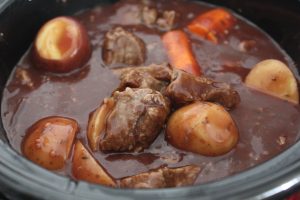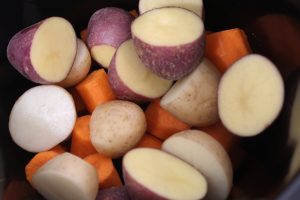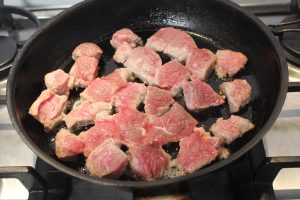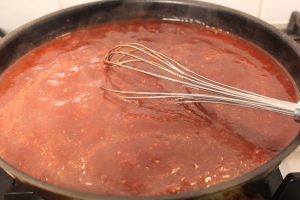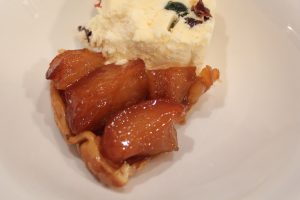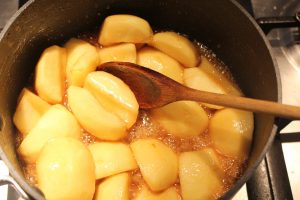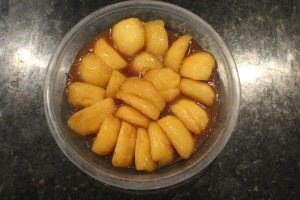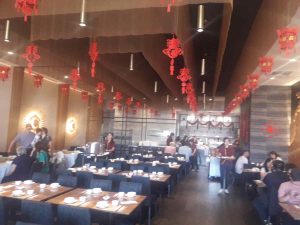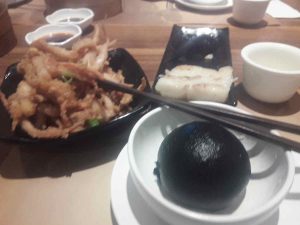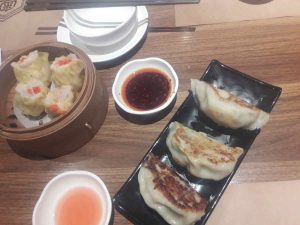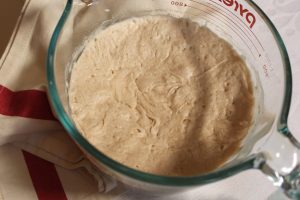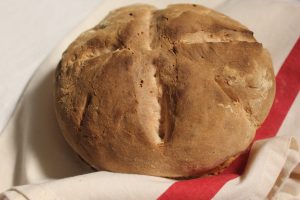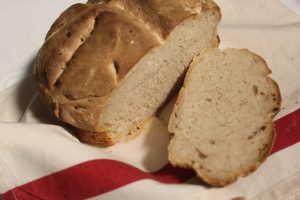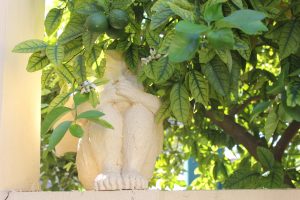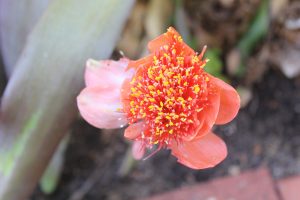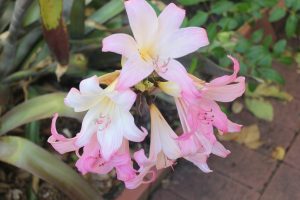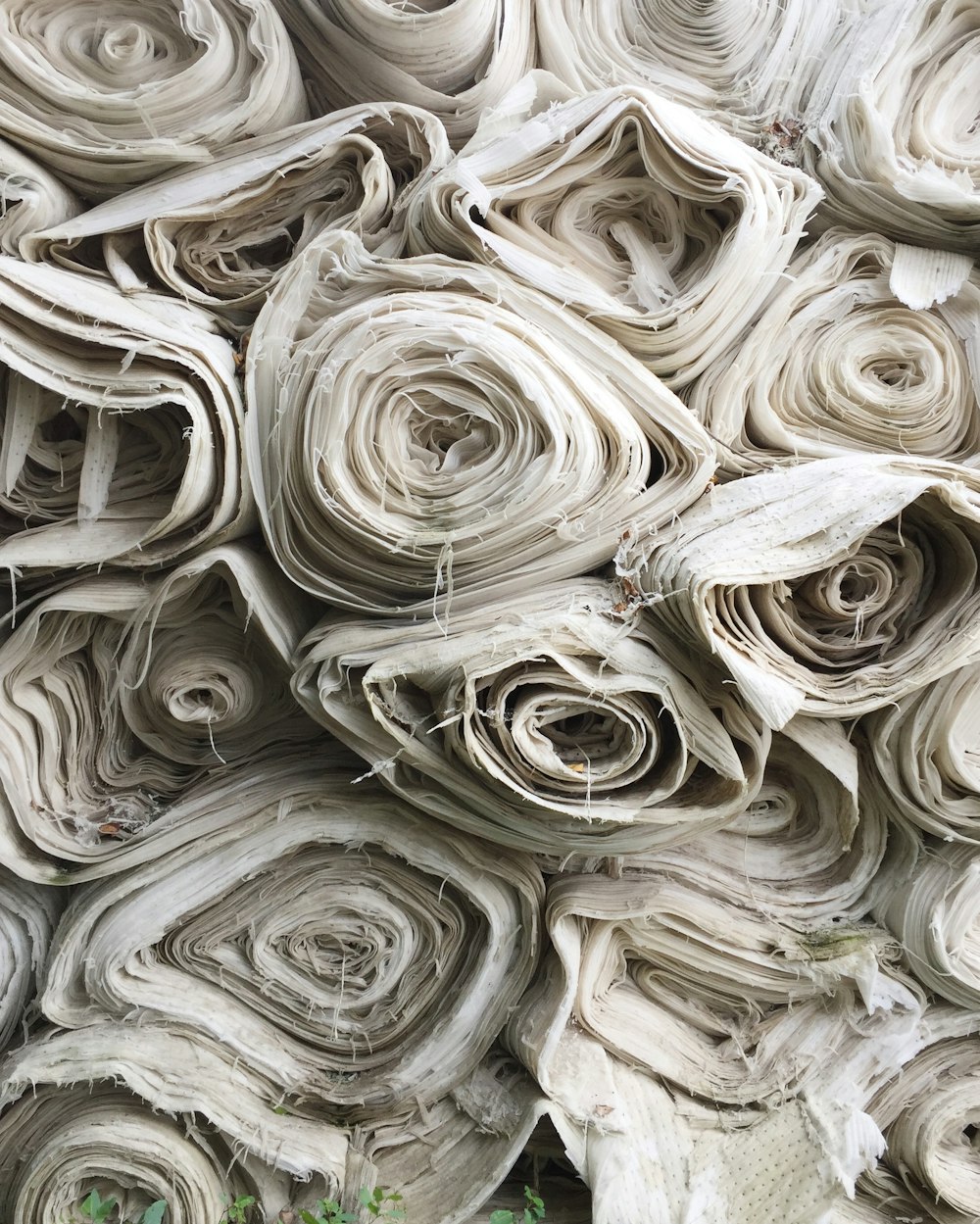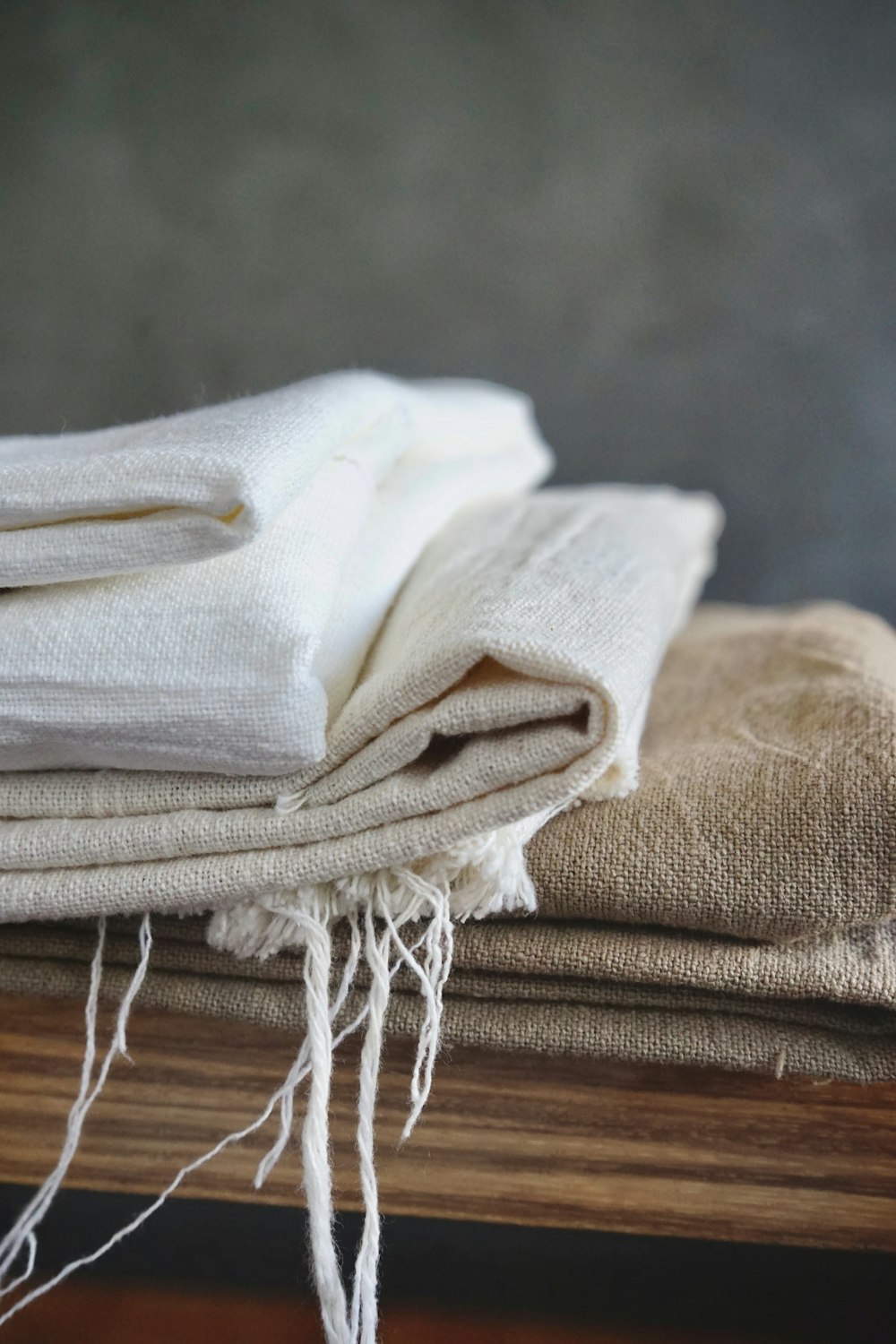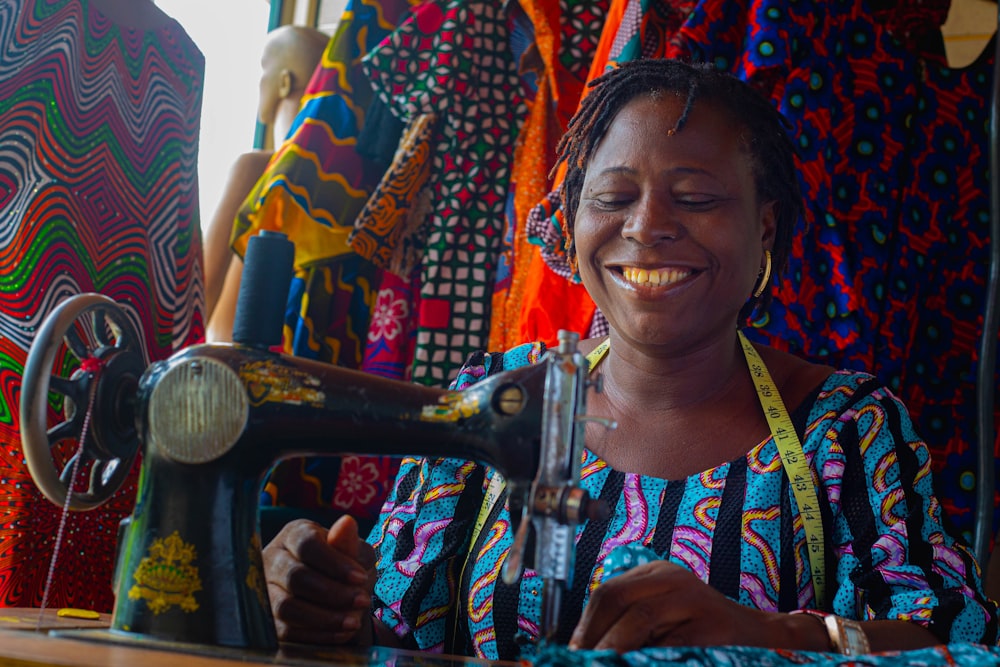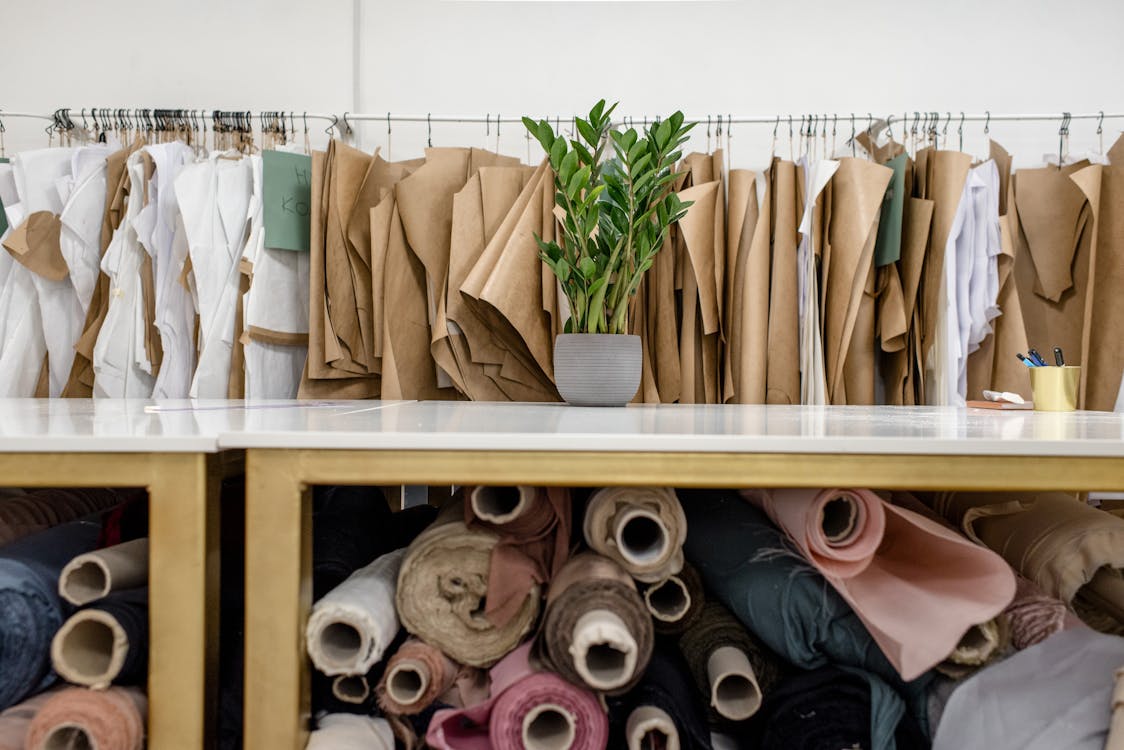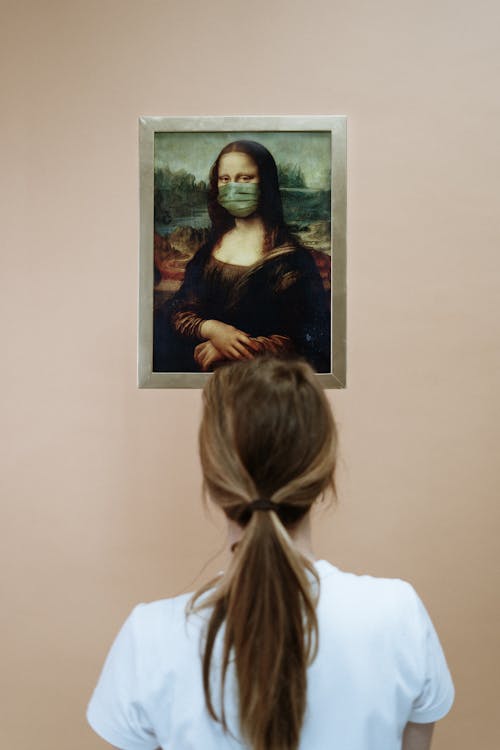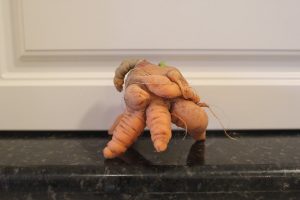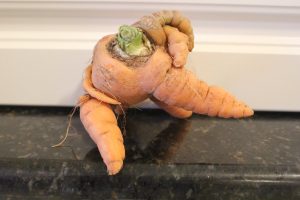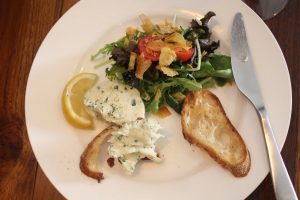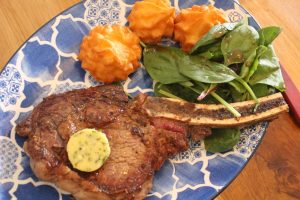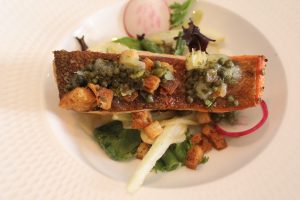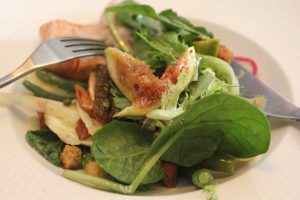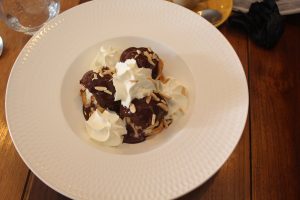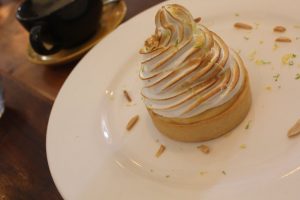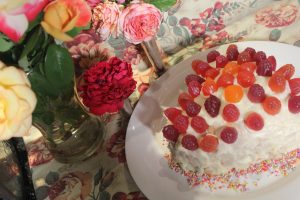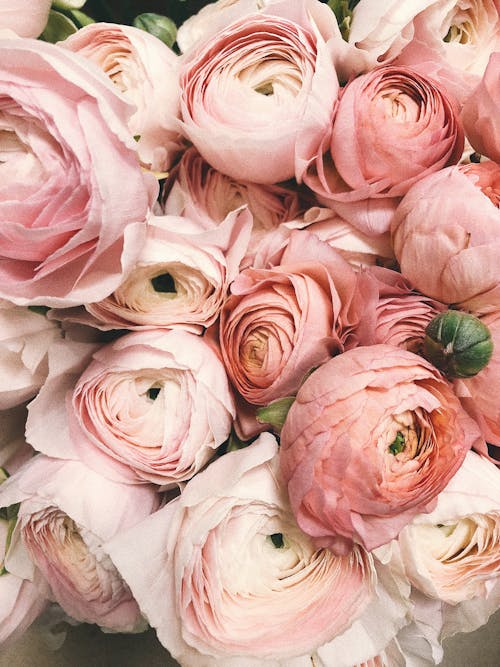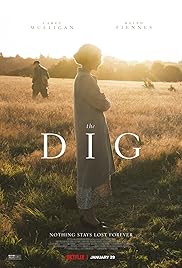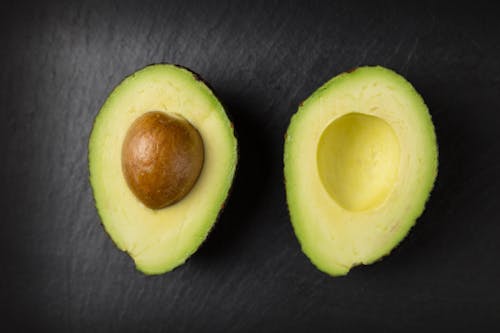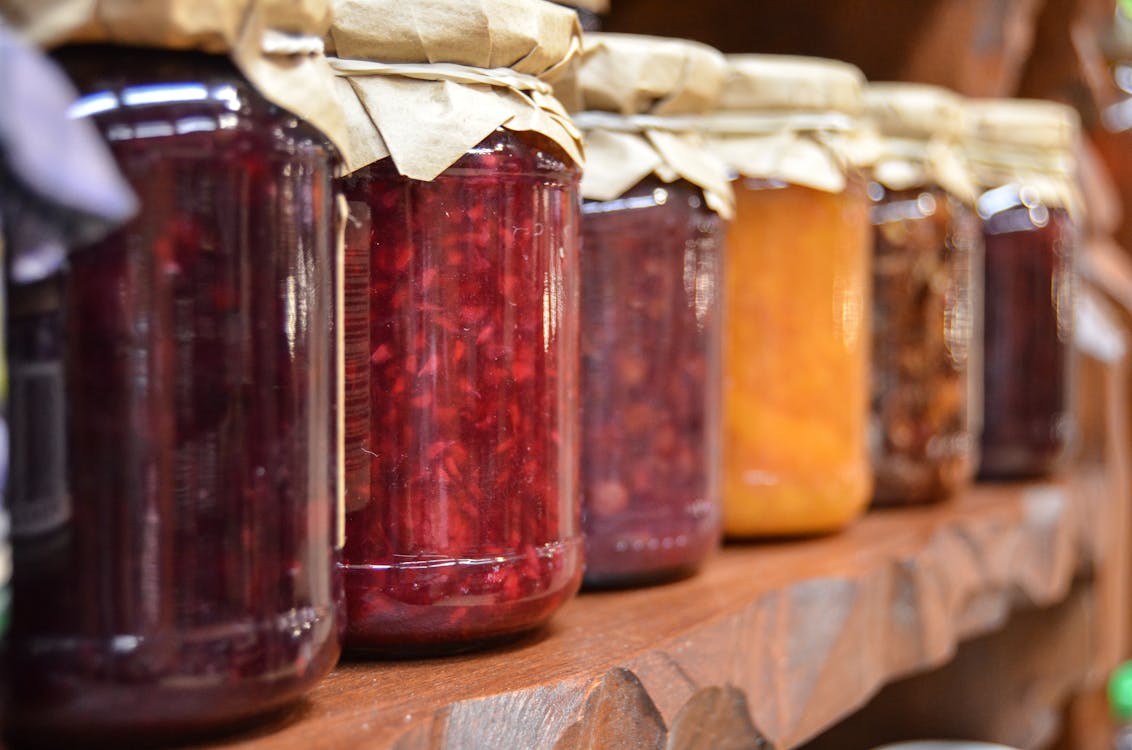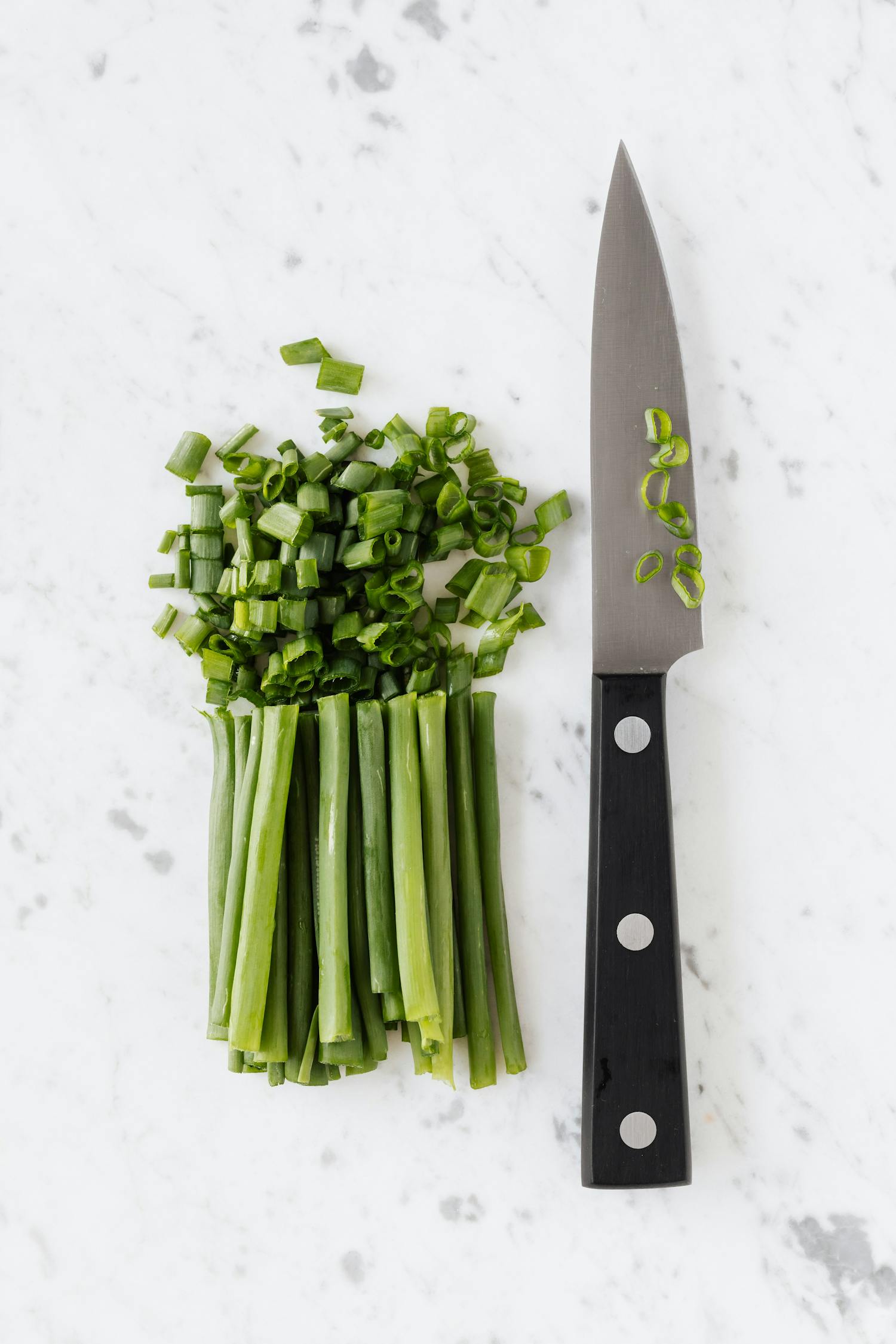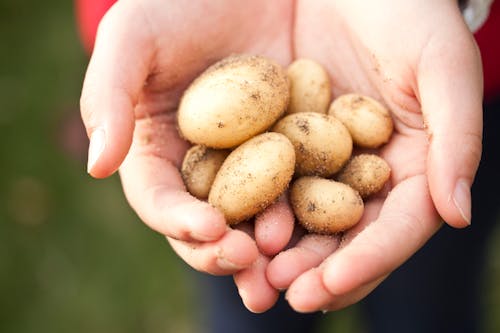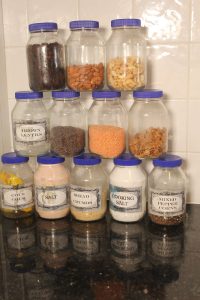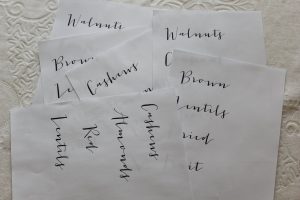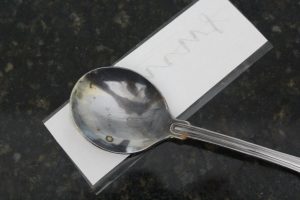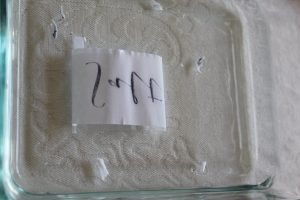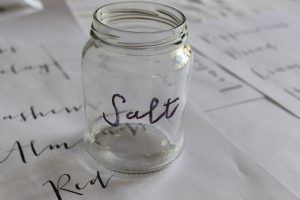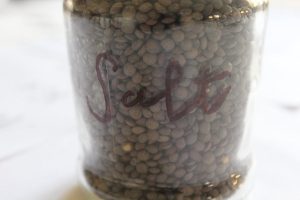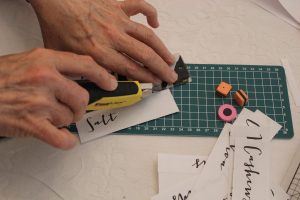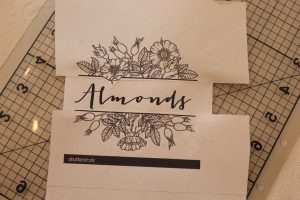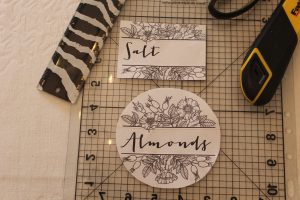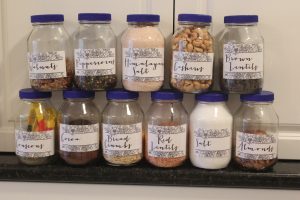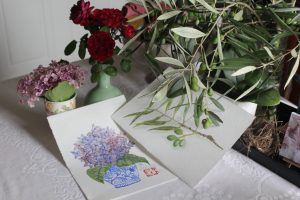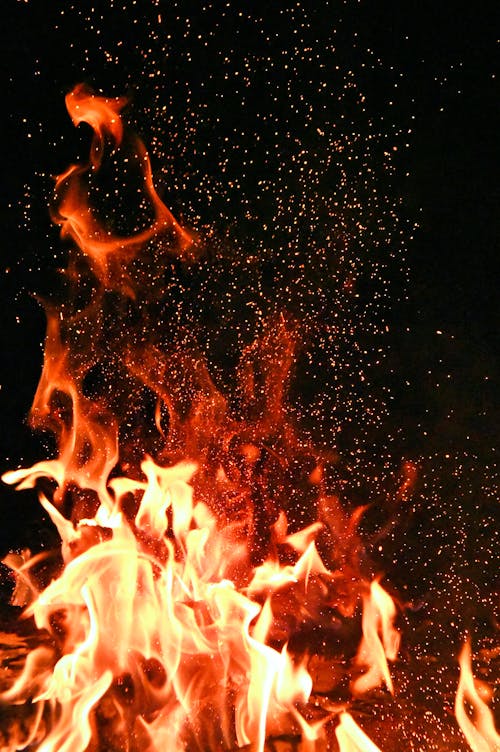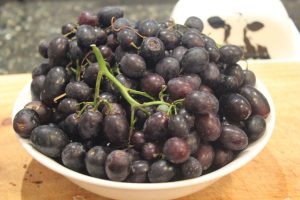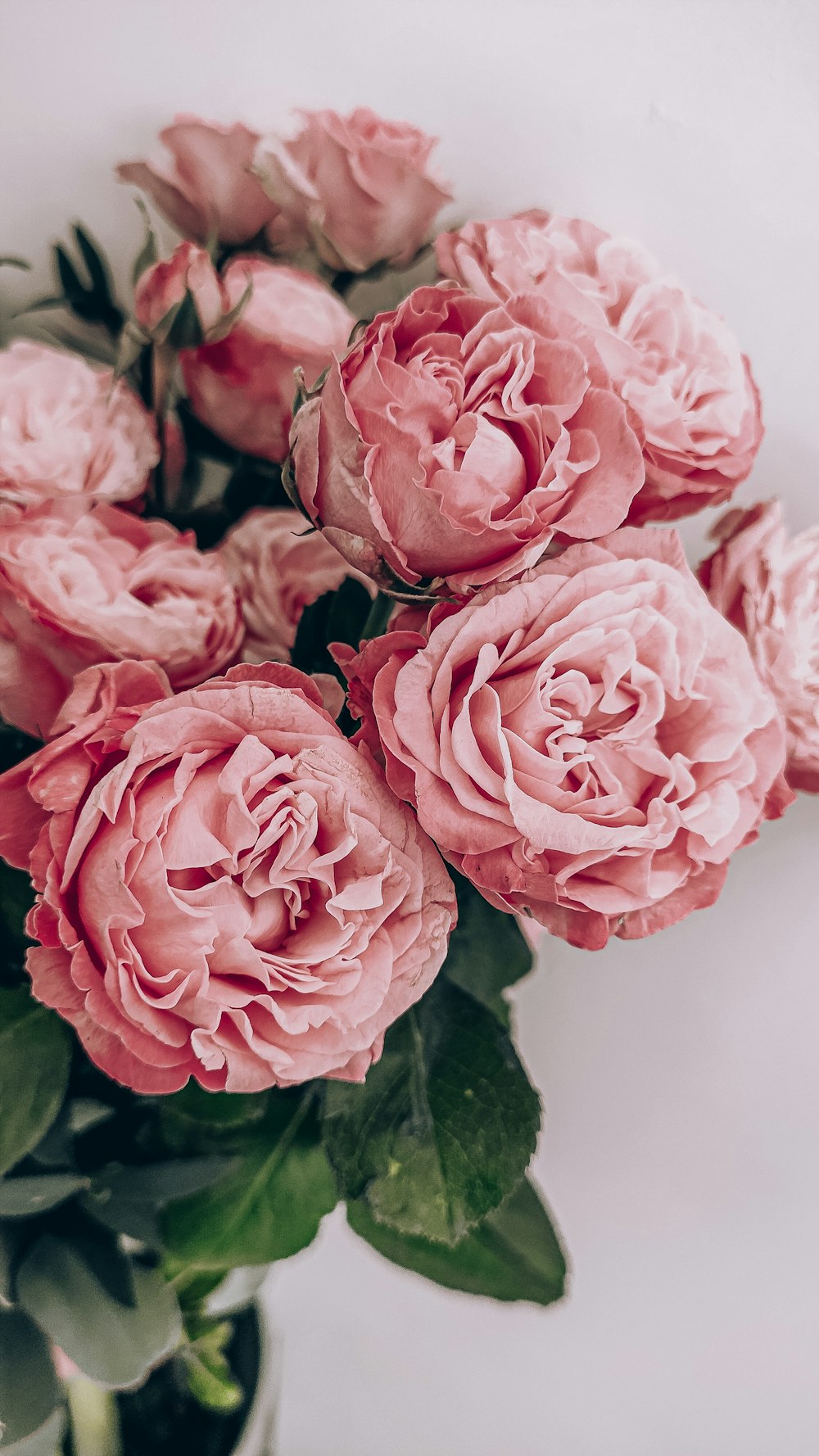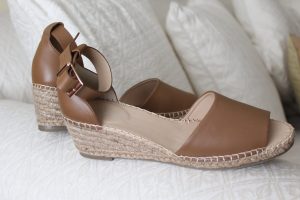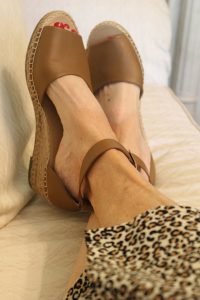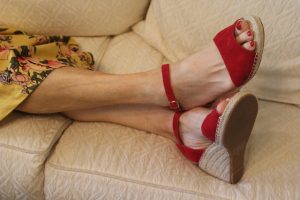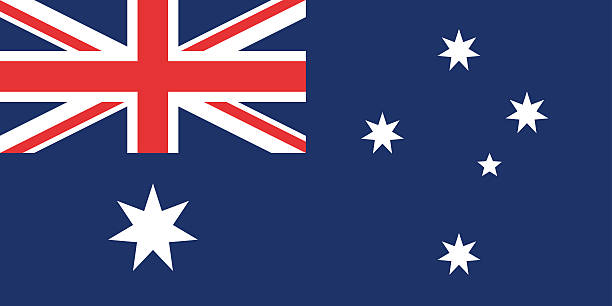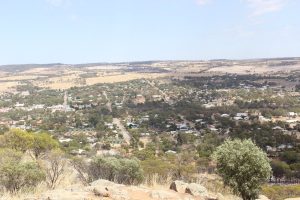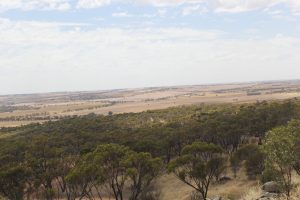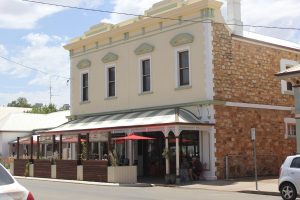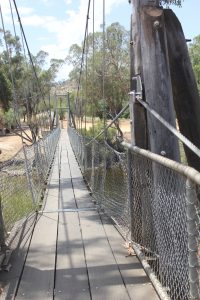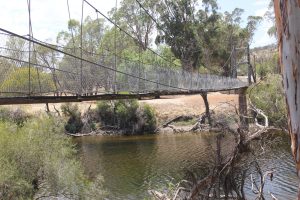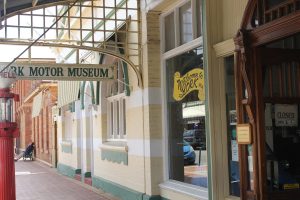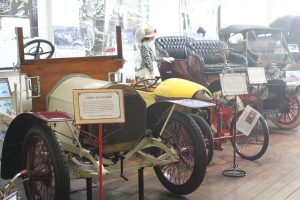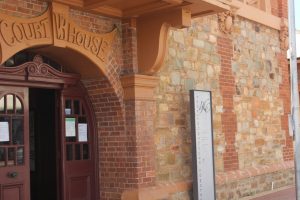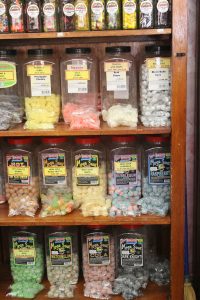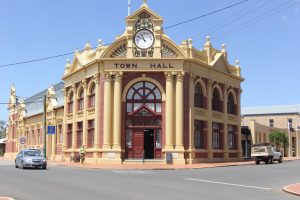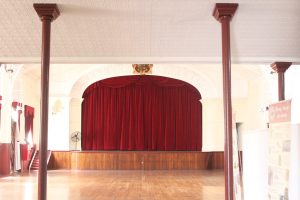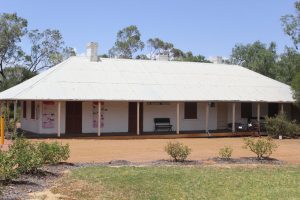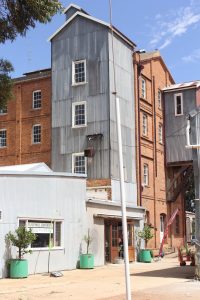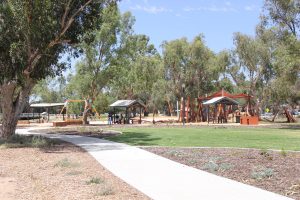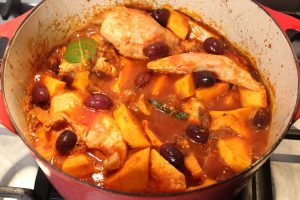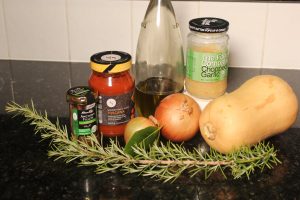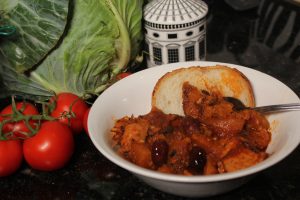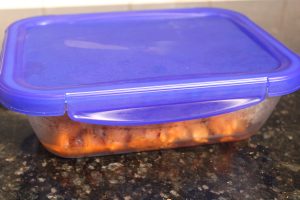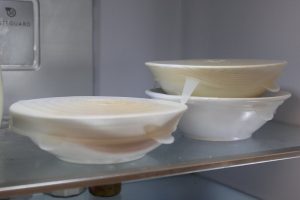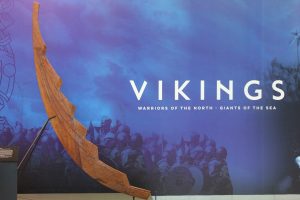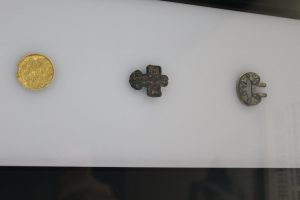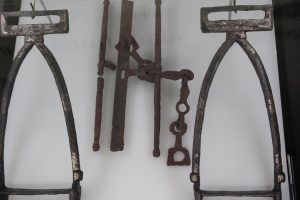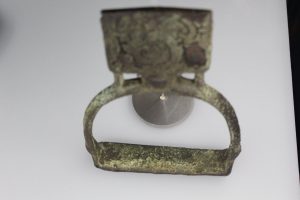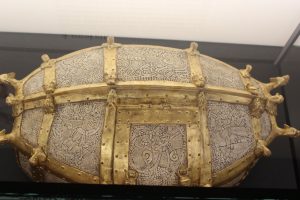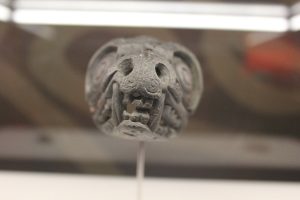The new west australian museum/boola bardip*
*This Aboriginal name for the new Museum was researched and translated by the Nyoongar Language Centre and approved by senior Whadjuk Nyoongar Elders. It means “many stories.”
The new Museum, incorporating several old buildings, is part of the cultural precinct just over the railway line in Northbridge. It is an amalgamation of several existing buildings all incorporated with a new one.
Internally you move from area to area seamlessly with the occasional glimpse of the previous buildings, such as looking down onto the old museum to see the replica of the Elgin marbled cornice* ( now referred to as the Parthenon Frieze), a sweeping wooden staircase or a glimpse of a previous ornate roof line. It is very, very well done.
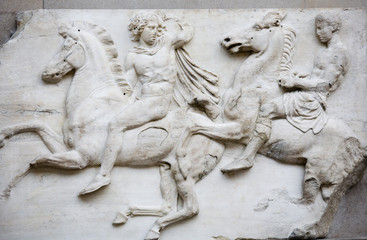

*The Elgin marbles/ Parthenon Frieze was in the old Art Gallery now incorporated in the new building. It can be viewed from a Juliet balcony within the museum. Approximately 80 metres long, it is a copy of the Ionic Frieze from the Parthenon in Athens. The other copy of the frieze along with the original sculpture were taken to London by Lord Elgin from Athens. They are housed in the British Museum. Other casts of the frieze are in the University of Melbourne and the University of Sydney.
The Museum is arranged over the ground floor, the mezzanine, and three more floors. There were Museum staff available to assist. I think it would take two hours for an initial visit and then a return visit to study different exhibitions in detail.
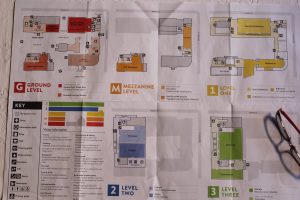

Walked down to James Street from the Museum and found a really good dim sum restaurant before heading back to the cultural precinct and visiting the Art Gallery.
the new mattress
Last year our old mattress became too lumpy and uncomfortable to ignore any more. We went mattress hunting, a very awkward activity. WA had been in lock down due to CV-19 for some time and although finally we could go shopping, we were still being extremely cautious.
We tried a few mattresses but rather half halfheartedly because lying on a bed in public is a bit weird anyway, and lying on one somebody else might have tried during this time of caution was really uncomfortable.
Came home to do more research. The consumer comparison site recommended Mattresses in a Box. More reading and lots of reviews later we ordered one. The whole delivery thing was ghastly and took 21 days and so many phone calls.
Finally it arrived, and after it had sighed and wheezed its way to full thickness overnight, we started using it. Very firm. Reminded each other about reviews that said it takes a few days or a month to get used to it. Added a latex topper, then a fat fluffy one, too, then admitted it was just too firm for comfort. We both had sore shoulders and hips and remembered the old lumpy mattress fondly, compared to the new one.
Finally we spent last week trying mattresses. We ended up with two preferred brands and had to go from one shop immediately to the other to compare the two. Finally chose one. It cost a great deal more than the Mattress in a Box. It arrived a week after we bought it and it is very, very comfortable. We are happy!


The new very comfortable mattress.
ironing tea towels
Kristie Allsopp, an English interior designer and co-host of the long running ‘Location, Location, Location’ home finding program, recently announced on Twitter that she irons her tea towels. Hardly world changing information, but there was a flurry of shocked and outraged responses. Ironing tea towels, how could she?
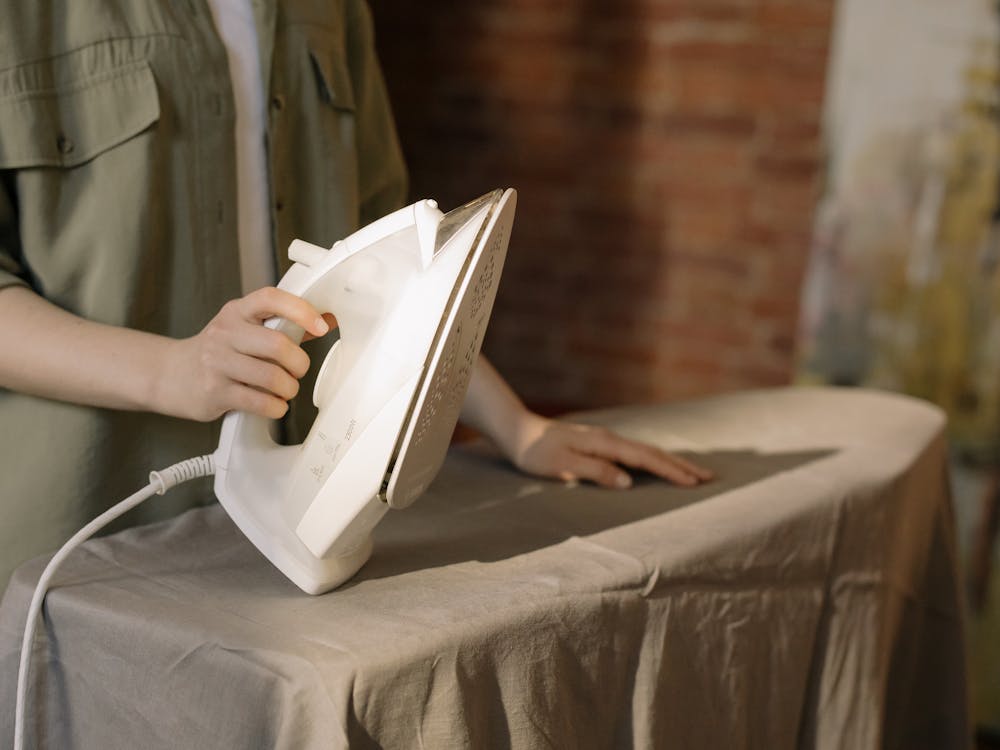

This resulted in a quick poll: Do you iron your tea towels? Well, 67% of respondents said they do, and I was quite pleased because I, too, like an ironed tea towel! And pillow cases.
I have really reduced the amount of ironing I do since I retired but still like cottons and linens ironed. My husband wears cotton shirts every day and they must be ironed, too, but he wont iron his handkerchiefs!
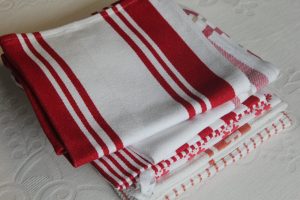

This weeks ironed tea towels and hand towels.
So, ironing hasn’t exactly divided the masses, but I’d love to know if you iron your tea towels!
international womens day
I’ve just finished reading Stella Rimington’s autobiography ‘Open Secret, The Autobiography of the Former Director-General of MI5’. Rather timely as we celebrate International Womens Day. Rimington was the first woman in the service to progress from Junior Assistant Officer in 1969 to Officer rank, previously a status held exclusively by males. Up to that point women could only be clerical workers. Not only was she married but she has a child, too, and a second daughter later.
She continued to move up through the ranks and was appointed Director-General in 1996 after 27 years of service. Her story is one of many about women working harder, being called ‘dear’ and being overlooked for promotions, but also a story of tenacity, hard work and determination.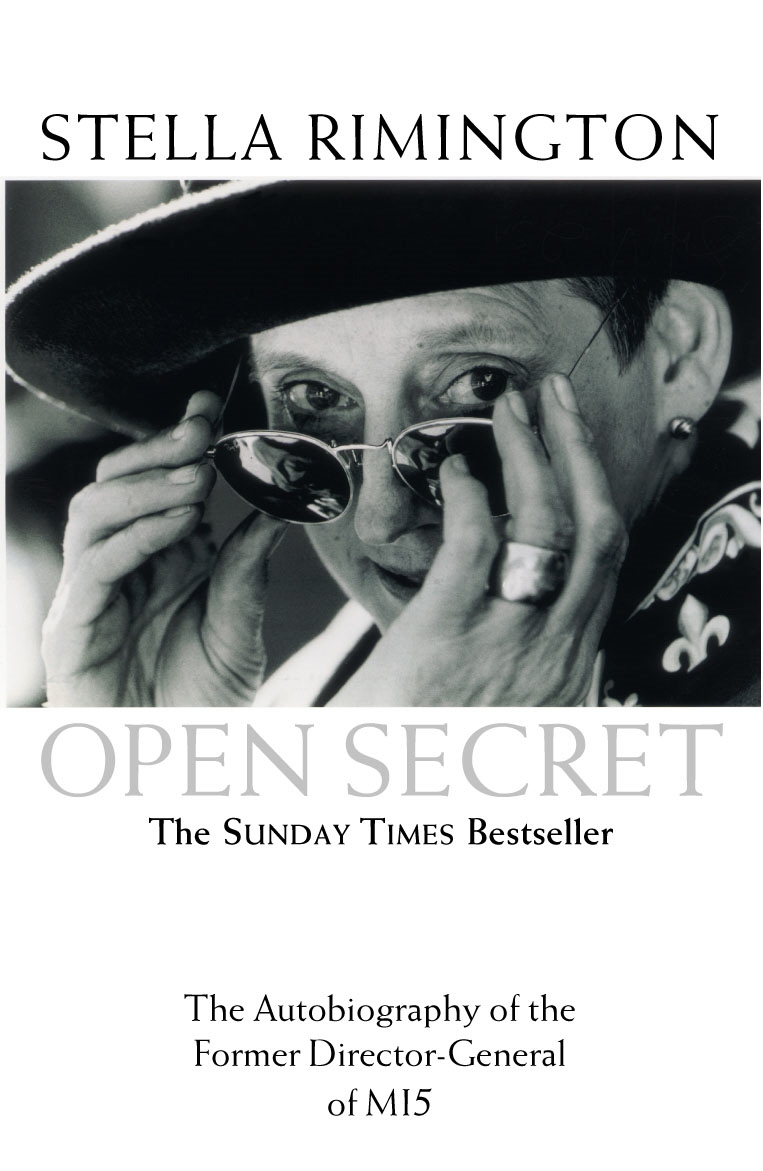

As we celebrated International Womens Day on the 8th of March, I thought of Stella Rimington, who juggled full time work, two daughters and husband plus running a household. I think she would be surprised and disappointed that, in 2021, so often women are still paid less than men for the same work, are less likely to be promoted to managerial positions and are generally more responsible for childcare and running their homes.
Stella Rimington struggled to find good childcare arrangements, initially didn’t have a washing machine and could only have three months maternity leave. As she points out, she had to be focused and able to compartmentalise the many parts of her life to survive. I think she feels her daughters sometimes missed out, a concern many working mothers will express. There seems no easy solution but greater flexibility is required to make fairer work arrangements for all employees.
International Womens’ Day celebrates the achievements of women and acknowledges the challenges of gender bias and inequality around the world.


